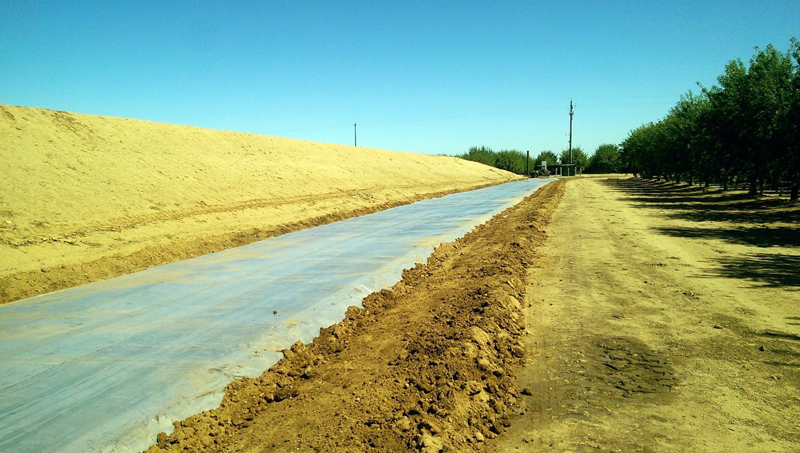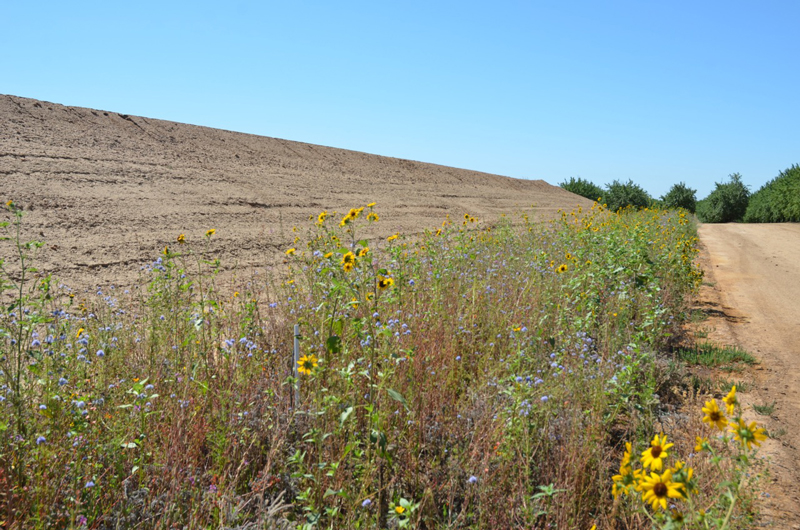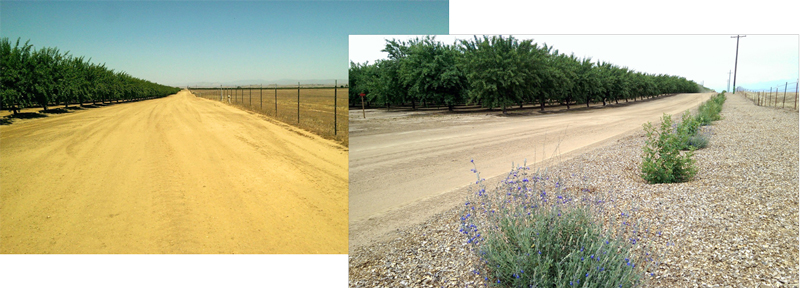It all started with a question: What can large-scale food production and labeling operations do to help pollinators?
There are a lot of ways for all of us to help bees, but farmers are in a unique position to make a huge impact. There are over 100 pollinator-dependent crops grown in the United States. About 40% of the land on our planet is used for agriculture (National Geographic, Dec 9th, 2005). Farmland was once considered idyllic and pastoral, but modern agricultural land is often environmentally unfriendly and can be the source of everything from polluted water to pollinator declines. But farms are not always environmental disasters, and they certainly don’t have to be. What would happen if farms began to transform themselves into sustainable ecosystems? Imagine the impact it would have on our struggling bee populations if that 40% of the planet’s land became a better place to be a bee, and industrial agricultural landscapes were transformed into sustainable agro-ecosystems.
Bees need an abundance of pollen and nectar throughout the season in order to survive. Loss of natural habitat translates to a lack of forage, and has had a devastating effect on both native bee species and honey bees. Many farm landscapes provide very limited foraging resources for bees because of their lack of crop diversity and fencepost-to-fencepost farming practices. Almond orchards, for example, provide an abundance of bloom for only a short time period—about 3 weeks. Once the almond trees finish blooming there is little else to sustain bees and the orchard becomes a food desert.


Our first step in working with orchards like these is identifying where in the orchard habitat can be created so bees and other beneficial insects have a consistent source of pollen and nectar. We carefully consider how different types of habitat fit in with current farm practices and operations.
Since California is in the middle of the worst drought in history, selecting drought-tolerant native plants is a top priority. The plants we choose need minimal irrigation to get established and can be taken off irrigation completely after a couple of years. In some cases, these plants actually help mitigate drought stress to crops by improving water infiltration and soil moisture-holding capacity. Native plants have the added advantage of being generally unattractive to crop pests but very attractive to our local, native pollinators.
One of the more challenging aspects of many on-farm pollinator habitat projects is pesticide mitigation. Pesticides can be an important tool for farmers to protect crops and ensure adequate yields, but the effects of some pesticides on pollinators is devastating. There are many ways to protect pollinators while still managing crop pests: through the selection of bee-safer products; adjustments in application timing and methods; and the adoption of non-chemical pest management practices such as good cultural practices, pheromone trapping and mating disruption. We also look for ways to strengthen the role played by natural enemies of crop pests in pest management, a practice referred to as conservation biological control. Creating habitat for pollinators without addressing farm practices that could be detrimental would be pointless, so pesticide mitigation is always a central part of our project planning.
Miles and Miles of Habitat
In December of 2014, the Xerces Society worked with Olam, one of the largest almond growers in the world and supplier for Whole Foods Market and General Mills, to install 5.6 miles of hedgerow and wildflower habitat. There are a total of 6 hedgerows consisting of nearly 3,000 blooming shrubs and perennials, planted throughout the orchard. The hedgerows line parts of the perimeter of the orchard, and loop through areas of the orchard not suitable for growing almonds. There are also two very large wildflower borders lining the reservoirs in the orchard interior, which were planted from seed and began to attract native pollinators and honey bees almost immediately. Additional plans are underway to plant 32 acres of cover crop on the orchard floor in the fall. This cover crop will be planted in between the existing trees, and is designed to attract pollinators and other beneficial insects that are natural predators or parasitoids of crop pests. The cover crop will improve overall soil health by including nitrogen-fixing plants, and providing cover on soil that is otherwise bare.

The result of these cooperative partnerships has become the largest on-farm pollinator project that the Xerces Society has implemented to date, and an excellent example of an answer to the question that we all need to keep asking - what can we do to help pollinators?



